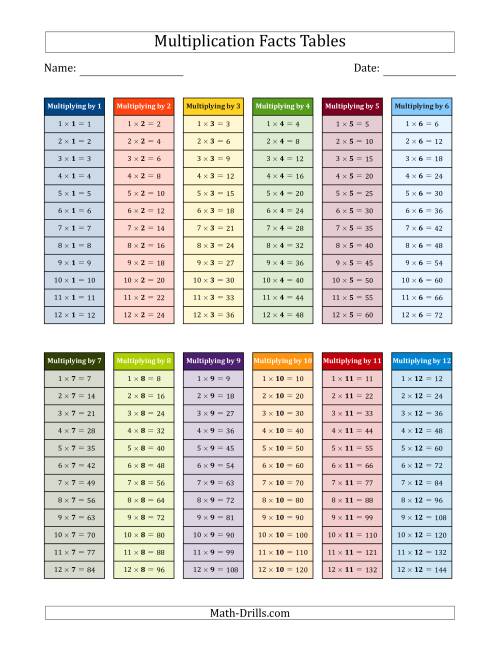

- #Bi fact table timeslice how to#
- #Bi fact table timeslice plus#
- #Bi fact table timeslice series#
- #Bi fact table timeslice download#
Let's apply the changes to all values in the column and to the row that shows the total of value.
#Bi fact table timeslice how to#
The data values in the selected column determine the available formatting options.Įxpand the Values options, and update some format settings, such as Text color and Background color.įinally, configure the other Apply settings to options to specify how to use the updated settings for the column data.

Let's begin by selecting the column This Year Sales.
#Bi fact table timeslice series#
You can also format individual columns and headers.įor the Apply settings to options, select the specific column to format by using the Series drop-down list. Turn on Text wrap to allow long column headings to display across multiple lines.Adjust the Header alignment to center the header text.Increase the Font size and apply bold ( B).Next, try adjusting the column header text.Įxpand the Column headers > Text options. Make sure the Visual section is selected.Įxpand the Grid > Horizontal gridlines and Vertical gridlines options.Ĭhange the horizontal and vertical gridlines to use a blue Color. On the Visualizations pane, select the paintbrush icon to open the Format section. The following steps show how to configure settings and options to adjust the presentation of the table data. We cover only a few scenarios in this article. The order of the columns in the table updates to match the new order of the fields in the Columns section. Drag the field to the new location within the order of columns and release the field.

To move a column on the Visualizations pane, select and hold the field in the Columns section. On the Visualizations pane, rearrange the data fields in the Columns section to match the order shown in the following image: Power BI adds the selected data as fields to the Columns section on the Visualizations pane. Under Sales, expand This Year Sales and select the checkboxes for all three options: Value, Goal, and Status. This action configures the Category data as a field in the Columns section on the Visualizations pane.Įxpand Sales and select the Average Unit Price and Last Year Sales checkboxes. Power BI automatically creates a table that lists all the categories in the Retail Analysis Sample dataset. On the Data pane, expand Item and select the Category checkbox. You can create a table like the one shown at the beginning of this article and display sales values by item category. The sample opens in report view.Īt the top, select Edit to open the Report editor.
#Bi fact table timeslice download#
On the Learning center page, under Sample reports, locate and select the Retail Analysis Sample to download it. This tutorial uses the Retail Analysis Sample in the Power BI service.
#Bi fact table timeslice plus#
The Retail Analysis Sample PBIX file opens in report view.Īt the bottom, select the green plus symbol

In Power BI Desktop, select File > Open report.īrowse to and select the Retail Analysis Sample PBIX file, and then select Open. This tutorial uses the Retail Analysis Sample PBIX file.ĭownload the Retail Analysis Sample PBIX file to your desktop. Review and compare detailed data and exact values rather than visual representations. Represent numerical data by category with multiple measures.ĭisplay data as a matrix or in a tabular format with rows and columns. Tables are a great choice for several scenarios: You can also copy and paste individual cells and multiple cell selections into other applications. You can select rows, columns, and even individual cells, and then cross-highlight the values. Power BI helps you create tables in reports and cross-highlight elements within the table with other visuals on the same report page. In the following example, the table displays five different measures for the Category items, including average prices, year over year sales, and sales goals. Tables work well with quantitative comparisons where you're looking at many values for a single category. A table can also contain headers and a row for totals. A table is a grid that contains related data in a logical series of rows and columns.


 0 kommentar(er)
0 kommentar(er)
